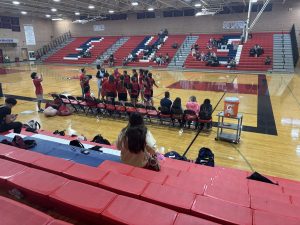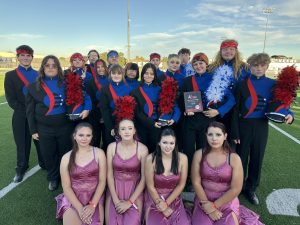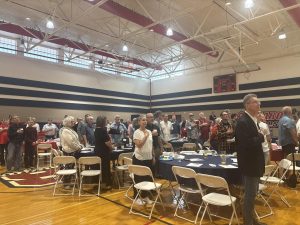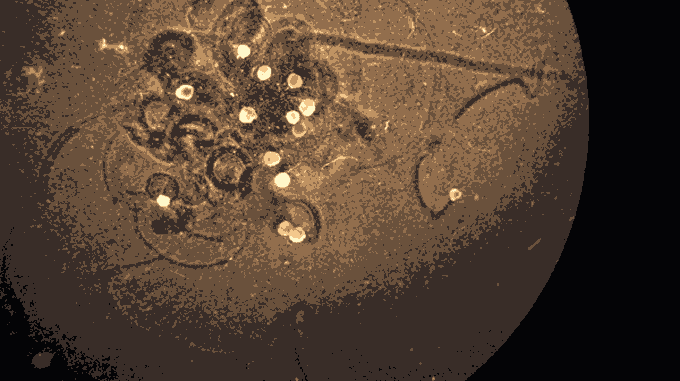Designed by a computer algorithm and surgically shaped by human hands, these skin-heart hybrids, each roughly the size of a grain of sand, don’t resemble anything found in nature. But the tasks they accomplish are eerily familiar. Without any external input, they can zoom around Petri dishes, push microscopic objects around, and even stitch themselves back together after being cut. Small enough to travel inside of human bodies, they are exactly (0.04 inches) wide and are able to survive weeks without food, but similar to humans, they enjoy feasting on sugar.
“In a frog embryo, cells cooperate to create a tadpole. Here, removed from that context, we see that cells can re-purpose their genetically encoded hardware, like cilia, for new functions such as locomotion. It is amazing that cells can spontaneously take on new roles and create new body plans and behaviors without long periods of evolutionary selection for those features,” said Michael Levin, Distinguished Professor of Biology and director of the Allen Discovery Center at Tufts University.
In a TED Talk, professor Levin describes not only the remarkable potential for tiny biological robots to carry out useful tasks in the environment or potentially in therapeutic applications, but he also points out what may be the most valuable benefit of this research – using the bots to understand how individual cells come together, communicate, and specialize to create a larger organism, as they do in nature to create a frog or human. It’s a new model system that can provide a foundation for regenerative medicine.












/https://public-media.si-cdn.com/filer/a8/be/a8bed5c6-77d0-4b23-aa04-09da86da4296/02_vivo_design52.jpg)
